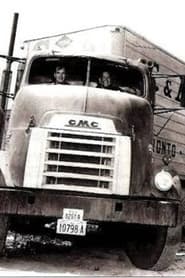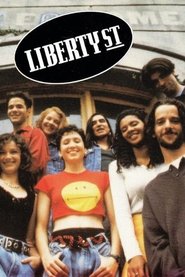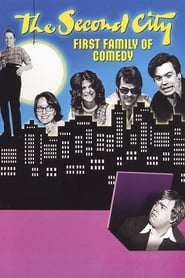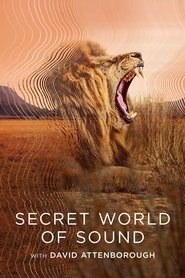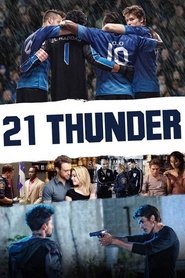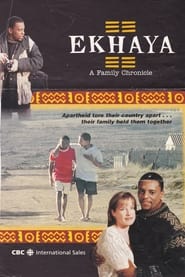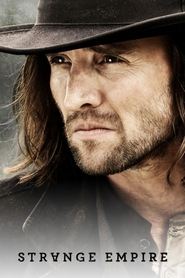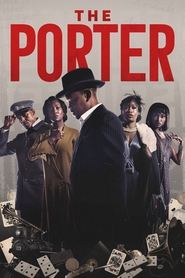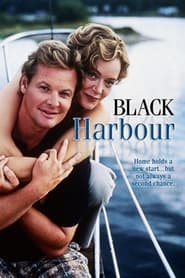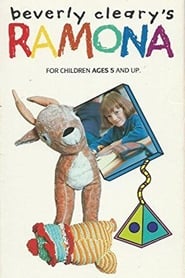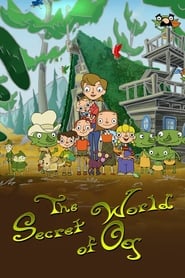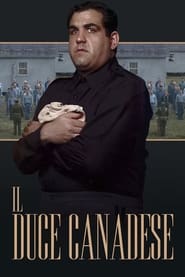Cbc Television TV Series - Page 8
-
Cannonball
1958
star 5Followed the adventures of Mike Malone and Jerry Austin as they drove trucks across the US and Canada for the fictitious C&A Transport Company Ltd. "Cannonball" was a half-hour family drama featuring truckers Mike Malone and Jerry Austin hauling freight across Canada and the U.S.A. Paul Birch and William Campbell portrayed the main characters, with Canadian actors Beth Lockerbie, Beth Morris, Steve Barringer, Howard Milsom, and others in supporting roles. -
jPod
2008
star 7.2jPod is a comedic television series based on Douglas Coupland’s novel of the same name. It premiered on CBC Television on January 8, 2008. Starting with the fifth episode, the show began airing Fridays at 9:00. On April 4, 2008, it was announced that the CBC had cancelled the show because of low ratings. However, all but one of the remaining episodes aired. The cancellation of jPod sparked a fan-led protest. The show's opening title theme is Flutter by Bonobo. Produced by I’m Feeling Lucky Productions for the CBC, jPod was created by Douglas Coupland and Michael MacLennan. Coupland also co-wrote many of season one’s episodes. -
Anne of Green Gables: The Continuing Story
2000
star 6.9Now in her twenties, Anne returns to Avonlea for the first time since Marilla Cuthbert's death. Gilbert has been offered a position in a hospital in New York, and he persuades Anne to come with him. He arranges a position for her at a large publishing house. Big city life isn't what they expected. Anne's manuscript is stolen by a dashing American writer, Jack Garrison. Thus the stage is set for a final three hour installment in the "Anne of Green Gables" story which follows the characters from New York, the war effort in Europe and eventually returns them to the red earth of Prince Edward Island. -
Liberty Street
1995
star 1Liberty Street was a Canadian drama television series, which aired on CBC Television in 1995. Produced by Kit Hood and Linda Schuyler, the team behind the long-running Degrassi series of television shows, Liberty Street was an attempt to create a similar series depicting the lives of a group of young adults living on their own for the first time. The pilot film, X-Rated, aired in 1994 and was developed into an 11-episode series. The cast included Henriette Ivanans, Joel Bissonnette, Billy Merasty, Kimberly Huie and Pat Mastroianni. Parts of the show were shot in and around the Liberty Village area of Toronto. -
Second City: First Family of Comedy
2006
The series traces the evolution of one of the world's most successful comedy troupes from its humble beginnings as a stage production in Chicago to the hit late-night TV show. -
Secret World of Sound
2024
star 8.7Anthony Morgan explores the extraordinary ways that animals hear and produce sound, and the crucial role sound plays in the lives of animals around the globe - from birth to surviving adulthood and finding a mate. -
21 Thunder
2017
star 5.6The story of the Montreal Thunder U21 (under-21) team, following the team's star players on and off the field. A story of love, crime, race, sex and athletic glory, at its core the series is about how a group of players and coaches unite as family in the whirlwind of life, one step away from the pros. -
George Stroumboulopoulos Tonight
2005
star 4.4George Stroumboulopoulos Tonight is a Canadian television talk show broadcast on CBC Television and hosted by George Stroumboulopoulos. Originally known as The Hour from 2005 to 2010, it first broadcast on 17 January 2005. The programme is currently initially broadcast on CBC Television at 7:00 p.m. local time. As The Hour, the show was so named, as it was a daily one hour program. For the show's seventh season, the show was renamed and shortened into a daily half-hour show, George Stroumboulopoulos Tonight, beginning September 20, 2010. In September 2011, the program was again extended to one hour with its current name. It returned to a half-hour for the 2012-13 season and moved to 7:00 p.m., along with a late-night encore that moved to 11:30 p.m. due to the expansion of late local news at several of the CBC's major market stations. The show's opening theme song is "The Good in Everyone" by Canadian rock band Sloan. It replaced the formerly used track, "Use It" from The New Pornographers at the start of the 2008 -
Ekhaya: A Family Chronicle
1997
A Black South African lives in Toronto with his Canadian wife in 1989. His fears of being stalked by South African secret police, force him to reflect back on his life growing up under apartheid. -
Ben Hur
2010
star 6.3The struggle between the Roman Empire and its rebellious conquest Judaea, and two best friends caught in a terrible moment in history. -
Strange Empire
2014
star 5.2Set in 1869 Alberta-Montana border country, “Strange Empire” is a Western whose heroes are women. With most of their men gone, and those who remain battling for control, the women struggle to survive, to find their independence, and to build a life in which to thrive and raise families. -
Airwaves
1986
Airwaves
1986
Airwaves is a Canadian television dramedy which aired on CBC from 1986 to 1987. The Toronto-filmed show starred Roberta Maxwell as Jean Lipton, a radio talk show host and widowed mother, who lived with her daughter Zoe, played by Ingrid Veninger, and her father Bob, played by Roland Hewgill. Maxwell has indicated that Canadian journalist-activist June Callwood was a basis for her portrayal of Jean. The show's cast also included Taborah Johnson, Alec Willows and Kimble Hall. Writers for the series included Judith Thompson, John Frizzell, Susan Martin, Rob Forsythe and Paul Gross. The series was repeated on Vision TV from 1989 to 1991. -
The Porter
2022
star 4.8In 1921, friends and train porters Junior and Zeke find their unbreakable bond stretched to its limits when tragedy inspires them to take conflicting paths to a better life. -
Black Harbour
1996
Black Harbour
1996
Black Harbour is a Canadian television series, which ran on CBC Television from 1996 to 1999. The show starred Rebecca Jenkins as Katherine Hubbard, a successful restaurant owner who returned to live in her Nova Scotia hometown to be with her mother who had suffered a heart attack. Her husband Geraint Wyn Davies, followed her with their two kids. Alex Carter also starred as Hubbard's high school sweetheart Paul Isler, whose own marriage was on the rocks and who was employed by Katherine's brother at the boatyard. In the show's final season, Hubbard and Isler's marriages had both failed, and they officially rekindled their old relationship. The show is currently reairing weekday mornings on TVtropolis. -
Marketplace
1972
star 4.5Marketplace is a Canadian television series, broadcast on CBC Television. Launched in 1972, the series is a consumer advocacy newsmagazine, which shows investigative reports on issues such as product testing, health and safety, fraudulent business practices and other news issues of interest to product and service consumers. -
Ramona
1988
star 5.7Ramona is a Canadian children's television series which followed the life of eight-year-old title character Ramona Quimby. It was based on the Ramona book series by Beverly Cleary. The television series debuted on September 10, 1988, and its ten episodes spanned four months. The TV series was released on video by Lorimar Home Video, but when Lorimar Home Video was acquired by Warner Communications, video releases were now released by Warner Home Video. It was distributed by Ramona Productions and Atlantis Films, but when Atlantis Films was acquired by Alliance Films, Alliance Atlantis was the owner and was then by Alliance Films in 2008 airings because of the Alliance Atlantis collapse. Eight-year-old Ramona Quimby feels that no one really understands her. She's bright, imaginative, and according to her older sister, Beezus, a "pest". Every day she tries to find out more about herself and her world, with an optimism that only children possess. The series follows Ramona's adventures in school and at home as her -
The Secret World of Og
2006
The Secret World of Og is a children's adventure about 4 children who venture into an underground cavern beneath their playhouse to look for their lost baby brother. There, they discover a land of little green people who are enamored by the world above but won't allow anyone to leave their cavern for fear they might "tell". -
Il Duce Canadese
2004
Il Duce Canadese
2004
Based on real events, this dramatic mini-series follows the experiences of the fictional Alvaro family who are a part of a Canadian community during World War Two that attempts to come to terms with events over which they have no control. -
The Phoenix Team
1980
The Phoenix Team
1980

